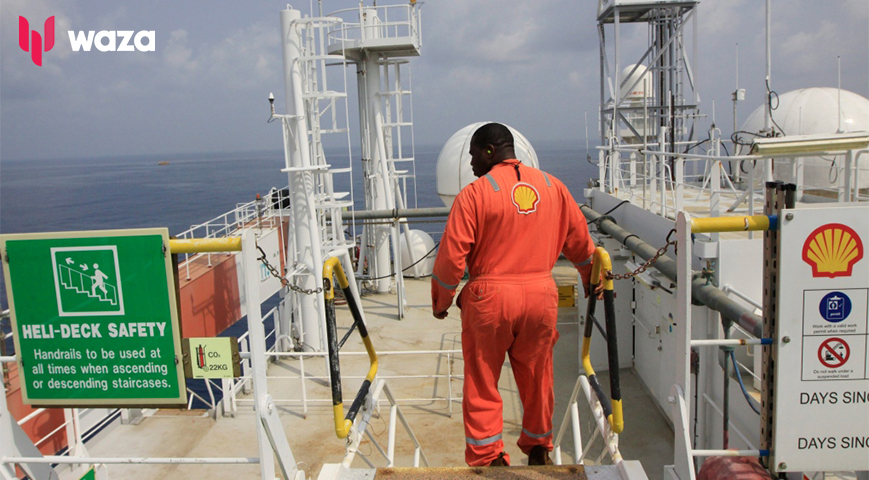The Energy and Petroleum Regulatory Authority (EPRA) has opposed a plan by the Kenya Power and Lighting Company(KPLC) to charge some clients with dollars and euros.
EPRA argues that KPLC is currently receiving compensation for dollar fluctuations through forex charges.
Clients' buying power is charged a forex fee that is used to control currency swings.
Usually, there are additional fees associated with repaying loans and debts in dollars or euros.
The Kenyan shilling is depreciating against the US dollar at the same time that the Kenya Power and Lighting Corporation (KPLC) plan is being implemented.
For instance, the Kenyan shilling currently trades at a historic low of Kes127.17 per US dollar.
Forex traders attributed the shilling's depreciation to rising dollar demand from importers of everyday products and oil retailing enterprises.
Notwithstanding the increase in reserves, the weakening shilling indicates that there is a deficit between market supply and demand for dollars.
A recent report from the International Monetary Fund (IMF) stated that Kenya is experiencing a tight period of forex demand coupled with reduced liquidity in the interbank foreign exchange market as well as a depreciation of the local currency following the war in Ukraine.
In the half year that ended December 31 2022, KPLC reported a Kes1.1 billion loss compared to a Kes3.82 billion profit posted in the same period in 2021.
The loss was attributed to increased foreign exchange losses as well as the implementation of a 15% reduction in the end-user electricity tariff in January of last year.












